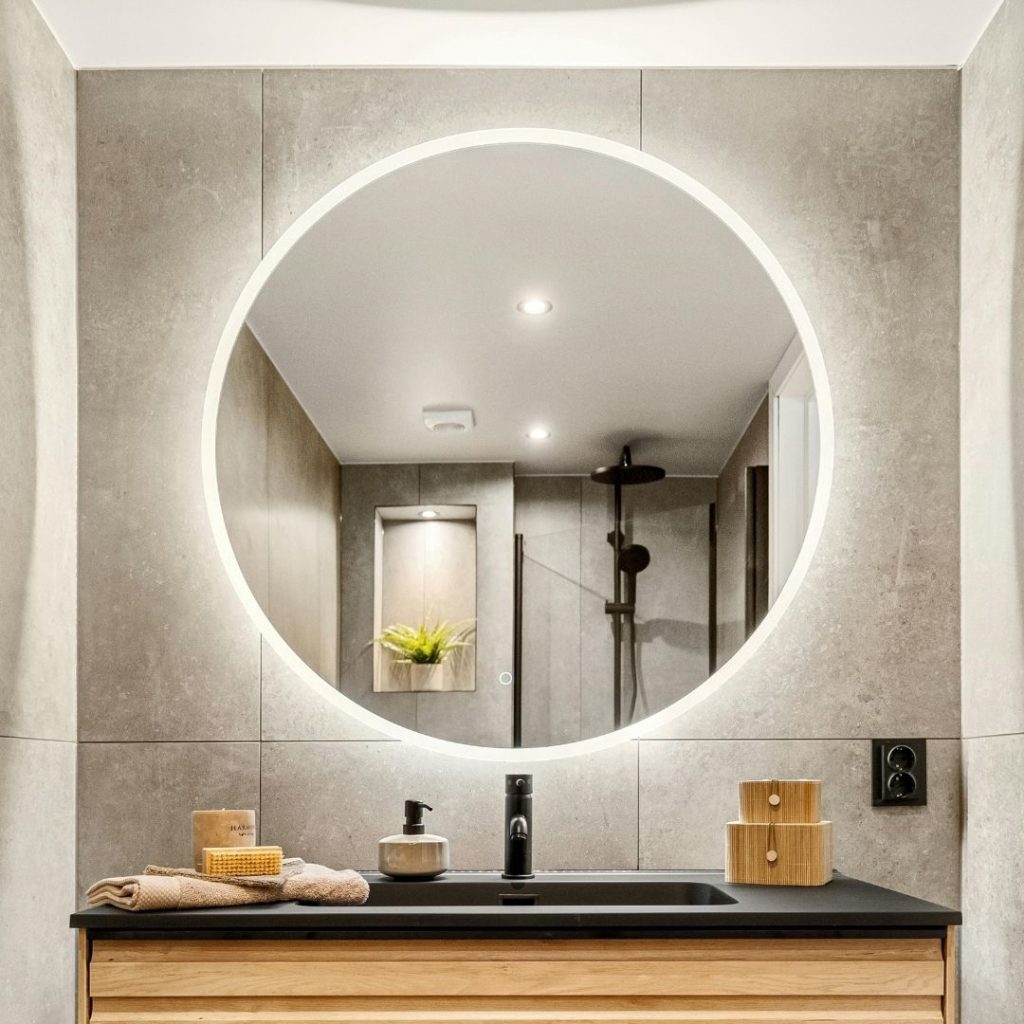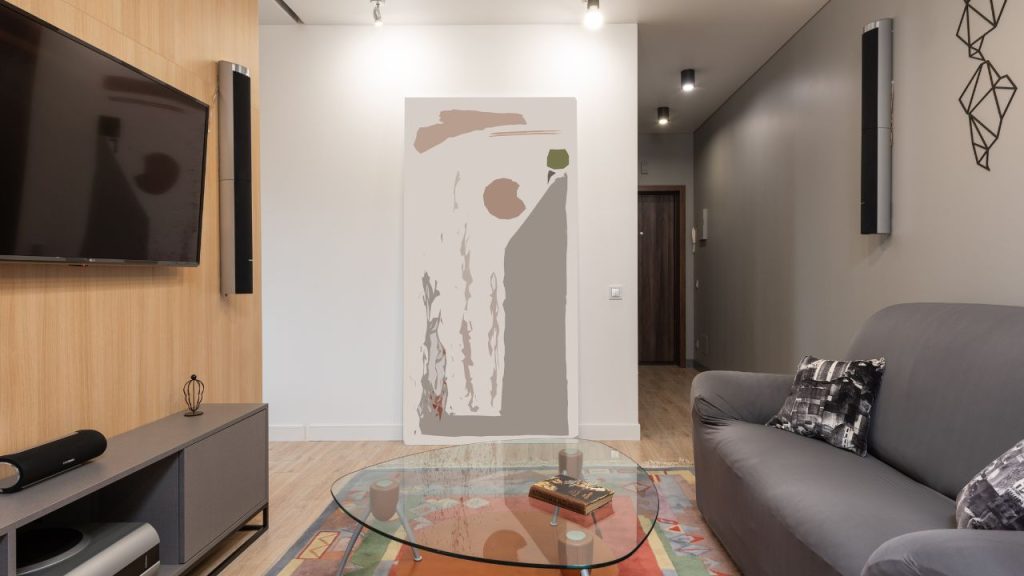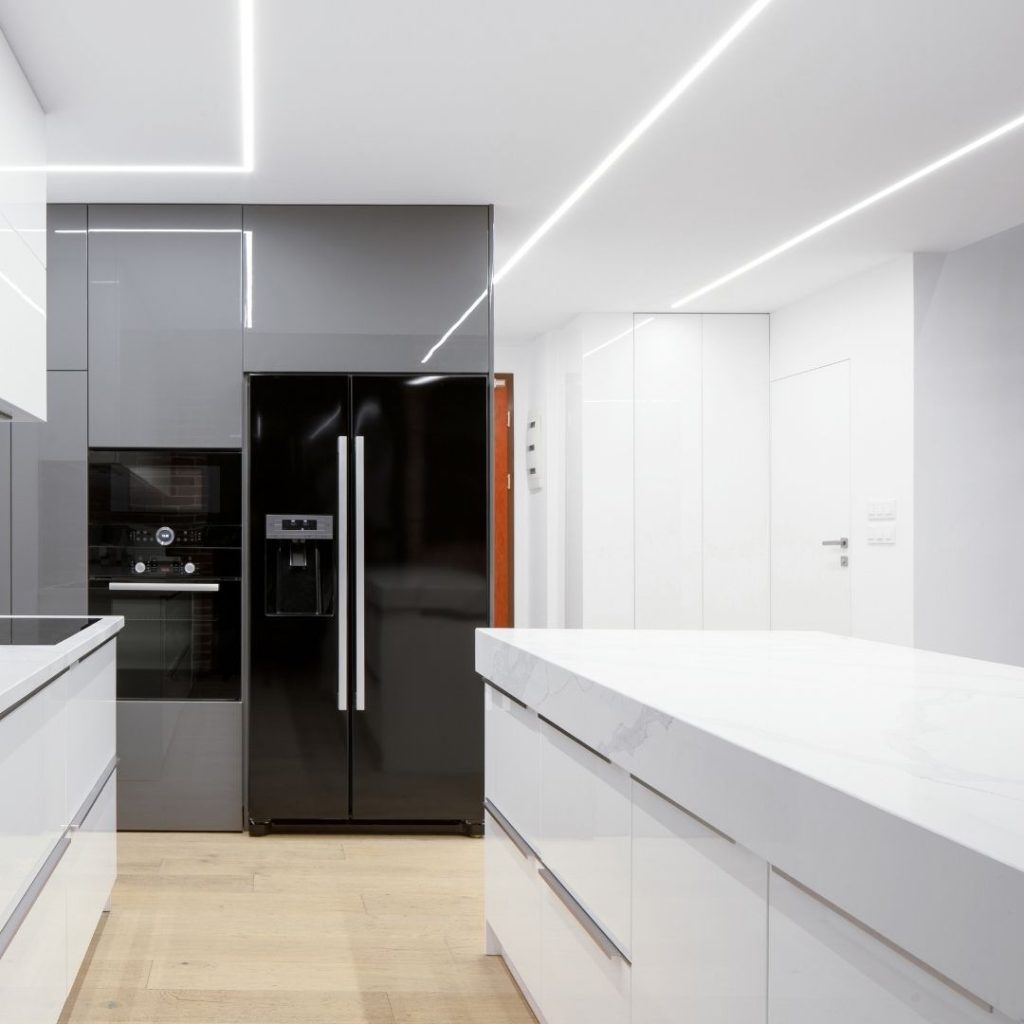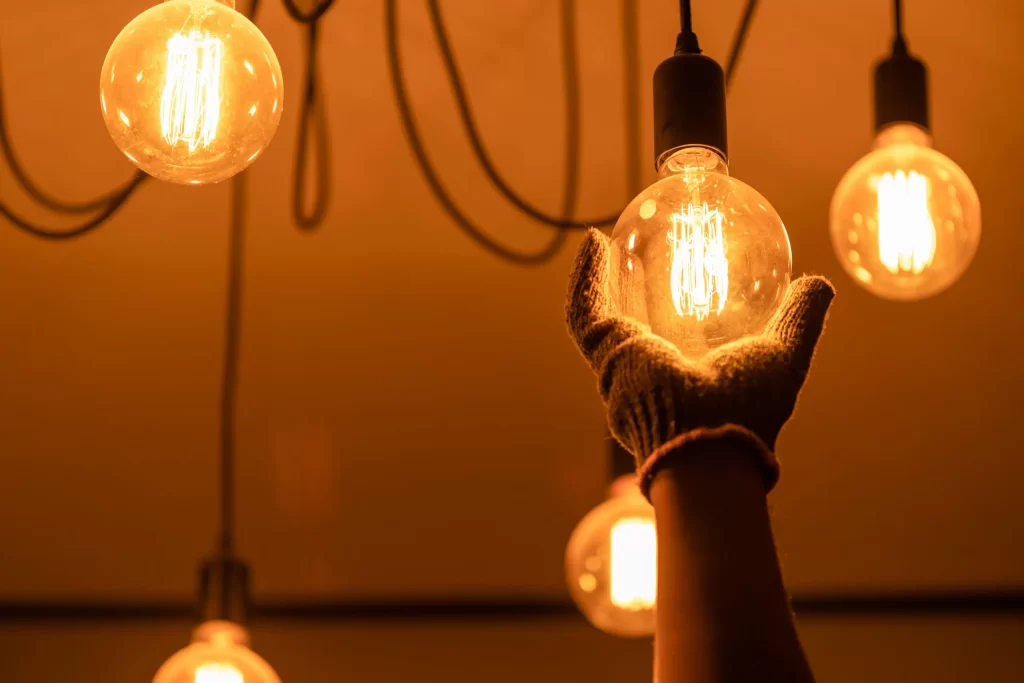Your cart is currently empty!
LED Lights Not Working? Key Fixes for Homeowners

Uncovering the Causes of LED Light Failures for Better Performance
There are a multitude of factors that can contribute to LED lights experiencing malfunctions, ranging from a defective driver (power supply) to loose wiring connections, incompatible dimmer switches, or inherent issues with the LED module itself.
In Australia, it is essential to hire a licensed electrician to inspect any mains-voltage connections, ensuring both safety and adherence to local regulations, which ultimately safeguards your home and financial investment.

Identifying Common Issues with LED Lighting and Proactive Solutions
While LEDs are celebrated for their exceptional energy efficiency and reliability, they can occasionally fail to perform as intended. Often, the underlying issue is not the LED itself but rather complications with associated components or errors that occurred during installation.
In the upcoming sections, we will explore the frequent problems encountered with LED lighting and provide actionable solutions to address them. Additionally, we will highlight when it becomes necessary to reach out to your local electrician in Melbourne’s outer eastern suburbs for expert assistance.
1. Assess the Power Supply and Driver for Potential Malfunctions
Numerous LED lights rely on a driver (or transformer) that converts mains voltage (230–240 V) into the appropriate low voltage required for LED modules to operate effectively. If this driver malfunctions, the LED may fail to illuminate entirely or may flicker unpredictably.
Steps for Diagnosing Power Supply Issues:
- Verify that the switch or automatic circuit breaker is in the ‘on’ position.
- If the LED is visible, inspect for indications of driver burnout or any physical damage.
- Consider whether any recent changes have been made to your lighting setup, such as the addition of dimmers or increasing the length of strip lighting beyond the driver’s capacity.
- In Australia, ensure all components comply with lighting product standards such as AS/NZS 62560, especially for mains voltage LED lamps, and have a licensed electrician handle any direct mains wiring.
When to Consult a Professional Electrician:
If you determine that the driver is faulty or that the wiring has been altered, it is crucial to engage a licensed electrician to rectify the problem. Connecting LED modules directly to mains power without the necessary driver or safety precautions is against regulations and poses significant risks.
2. Investigate for Loose or Poor Electrical Connections
A frequent reason for LED lights not functioning correctly is compromised connections. This issue can stem from loose terminal blocks, damaged wire ends, or degraded connections found within walls or junction boxes, all of which can impede the flow of electricity and cause malfunctions.
- Always turn off the power at the switchboard before conducting any inspections.
- Check terminal blocks to ensure they are tight and look for visible signs of overheating, such as brown marks or melted plastic.
- Examine any connectors located in strip lights, downlights, or under-cabinet lighting systems.
- Ensure that ceiling roses or junction boxes have not been altered without maintaining proper connections.
Why Proper Connections Matter:
Loose connections can increase electrical resistance, generate excessive heat, and lead to premature LED failure, which may create a fire hazard. According to the wiring rules (AS/NZS 3000:2018), all electrical terminations must remain secure to ensure safety and compliance.

3. Verify Compatibility of Your Dimmer or Control System with LEDs
If your LED lights flicker, buzz, or fail to light up when connected to a dimmer circuit, it is likely that the dimmer is incompatible with LED loads. Many older dimmers were designed for incandescent or halogen bulbs and are unable to accommodate the lower wattage draw of LEDs.
Recommended Actions for Dimmer Issues:
- Consider replacing the dimmer with one specifically designed for LED lighting.
- If using smart lighting systems, ensure that the driver and control device are compatible with each other.
- For strip lighting applications, confirm that the controller or remote can manage the appropriate voltage and current specifications.
Pro Tip: If the light completely turns off when the dimmer is set to full brightness, this strongly indicates that the dimmer is not suitable for that specific LED load.

4. Assess Over-Length LED Strip Runs or Heat Issues
Although LED strip lights provide a flexible lighting solution, they come with specific limitations. Over-length runs can lead to voltage drops, causing the modules at the far end to malfunction, or the adhesive backing may peel away in hot or humid conditions.
Verification Checklist:
- Confirm that strip runs adhere to the maximum length specifications set by the manufacturer.
- In outdoor or moisture-prone environments, utilize appropriately rated IP-rated strips and drivers for enhanced safety.
- Ensure that heat is not trapped behind the strips; recessed or enclosed channels need to allow for sufficient cooling.
- Inspect the adhesive mounts for cleanliness; if the strips have detached, connections may have been compromised.
Importance of Compliance in Australia: Lighting product regulations require that fixtures and strips are properly certified and installed by qualified professionals when integrated into mains circuits, ensuring compliance and safety standards are maintained.
5. Investigate Potential Failures in Your LED Modules or Chips
In rare instances, the LED modules themselves may fail, particularly if they have been exposed to overheating, over-current situations, or poor installation practices.
If one section of modules is dark while others are functioning correctly, and you have eliminated issues with the power supply and connections, it may be necessary to replace the affected modules.
Key Considerations for Module Replacement:
- If the system is still under warranty, ensure that replacement modules or strips are installed according to the original specifications.
- When replacing, verify that the new modules match the original specifications for voltage, color temperature, and current requirements.
- If the replacement requires any modifications to wiring or switching drivers, a licensed electrician should perform the work to ensure compliance and safety.

6. Utilize Smart Products to Mitigate Future LED Lighting Challenges
Implementing proactive maintenance can significantly reduce the probability of LED failures and prolong their operational lifespan. Here are some best practices to consider:
- Always choose LED strips and fixtures that carry the RCM (Regulatory Compliance Mark) and comply with Australian standards.
For additional details, refer to resources from the Australian Lighting Council. - Ensure that your electrician confirms that drivers and dimmers are rated for LED loads to prevent compatibility issues.
- Maintain proper cooling and ventilation behind downlights or strips to avoid overheating.
- Avoid connecting different batches of LED strips in series, as voltage mismatches can lead to failures.
- Schedule an electrical inspection every 3 to 5 years, particularly for integrated lighting circuits, to ensure ongoing safety and compliance.
When Is It Essential to Reach Out to a Licensed Electrician?
If you encounter any of the following problems, immediately stop using the circuit and reach out to a qualified electrician:
- Warm or hot light fittings or driver units
- Discolored or charred wiring insulation or terminal blocks
- Lights that become completely dark following a DIY repair
- Multiple lights on a circuit failing rapidly in succession
In Victoria and across Australia, all mains-voltage lighting installations, wiring modifications, or fault diagnostics must be conducted by a licensed electrician, following the standards outlined by AS/NZS 3000:2018 and state licensing mandates. Engaging in DIY work may invalidate product warranties, insurance coverage, and could violate legal regulations.
Essential Strategies for Maintaining Your LED Lighting System
<a href="https://writebuff.com/led-lighting-installation-tips-for-lower-power-bills/">LED lighting</a> offers unmatched efficiency, longevity, and design flexibility, but these advantages can only be fully realized when systems are properly installed and maintained.
When your LED lights are malfunctioning or flickering, the root cause typically relates to the driver, wiring connections, dimmer compatibility, or load issues, rather than the LED unit itself.
For homeowners in Melbourne’s outer eastern suburbs, the most effective approach is to consult a licensed electrician who is well-versed in local regulations and lighting standards. While addressing the light itself may be straightforward, ensuring its ongoing reliability and safety is where the true value lies.
The Article: Fix LED Lights Not Working: Essential Tips for Homeowners first appeared on https://writebuff.com
The Article LED Lights Not Working? Essential Tips for Homeowners Was Found On https://limitsofstrategy.com
Leave a Reply